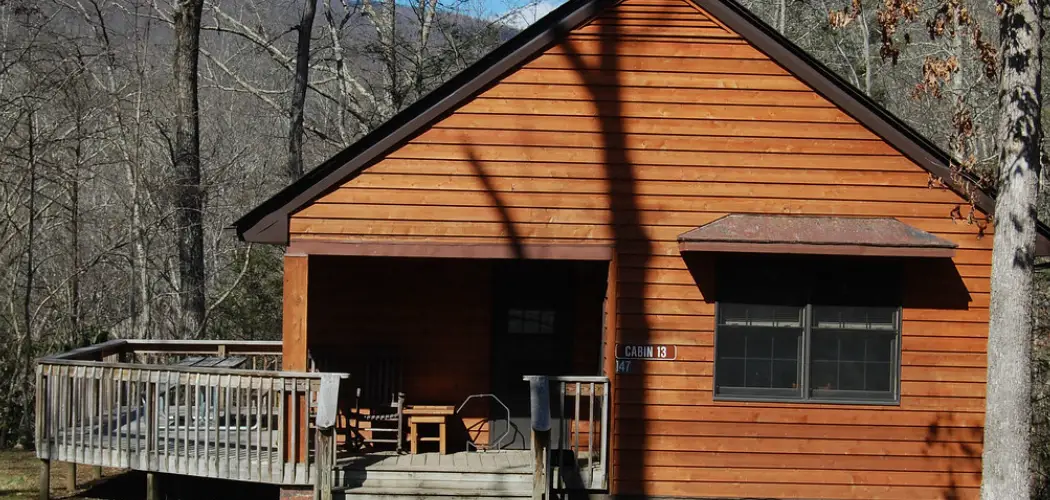Heating your home can be a challenge, especially during the colder months when central heating may not be an option due to cost, inefficiency, or even the absence of a system. Fortunately, there are several effective methods to keep your living space warm and cozy.
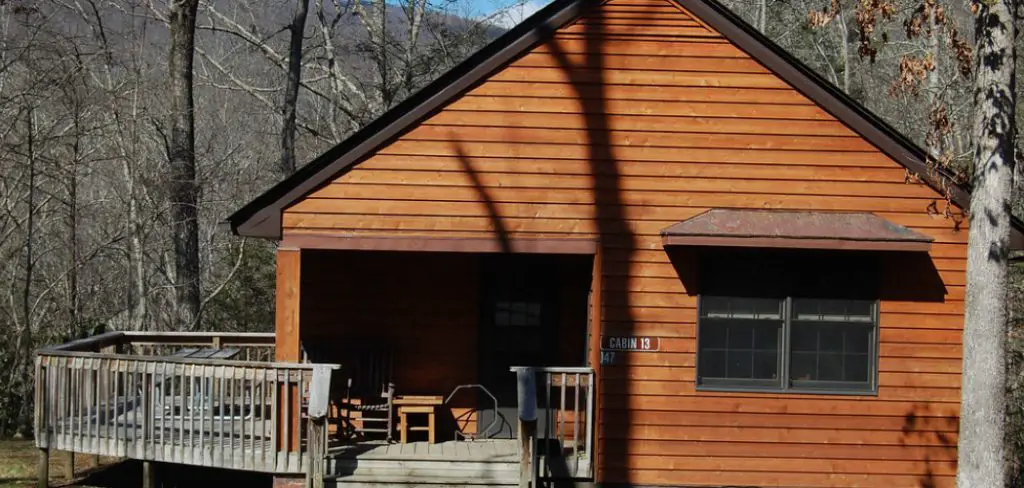
This guide on how to heat house without central heat will explore various alternative heating solutions that can be implemented to maintain comfort without relying on a central heat source. From using space heaters and enhancing insulation to exploring natural methods and renewable energy options, we will cover diverse strategies that cater to different needs and preferences.
Why Consider Alternatives to Central Heat?
Central heating systems have been the traditional choice for keeping homes warm and comfortable. However, there are multiple reasons why you may want to explore alternative methods:
Cost
Central heating can be expensive to install and maintain, especially if it requires extensive ductwork or regular maintenance. Alternative heating solutions can potentially reduce your energy bills significantly.
Efficiency
Central heating systems can be inefficient, causing heat loss through ducts and vents. This results in higher energy consumption to achieve the desired temperature. By using alternative methods, you can focus on heating specific areas of your home rather than the entire space.
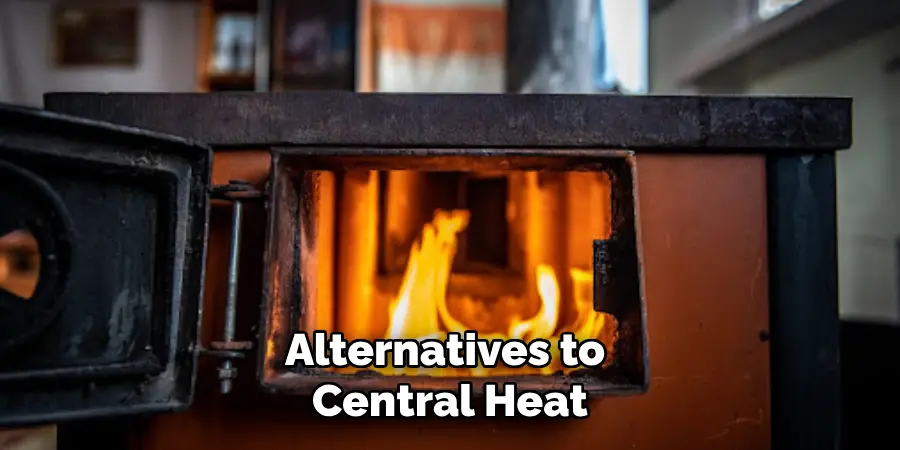
Accessibility
If you live in a rental property or an older home that does not have a central heating system, it may not be feasible or cost-effective to install one. In such cases, alternative heating solutions offer a viable option for keeping your living space warm.
Needed Materials
Before implementing any of these alternative heating solutions, it is essential to gather the necessary materials. Some common items you may need include:
- Space Heaters
- Insulation Materials (E.g., Weather Stripping, Window Sealants)
- Draft Stoppers or Door Snakes
- Thermal Curtains or Blankets
8 Simple Methods on How to Heat House Without Central Heat
Step 1: Use Space Heaters
One of the most popular and effective ways to heat a room without central heat is by using space heaters. These portable devices come in various types, sizes, and power sources.
Electric space heaters are the most commonly used and are relatively affordable to operate. They are also straightforward to use, requiring only an electrical outlet and a clear space to operate safely.
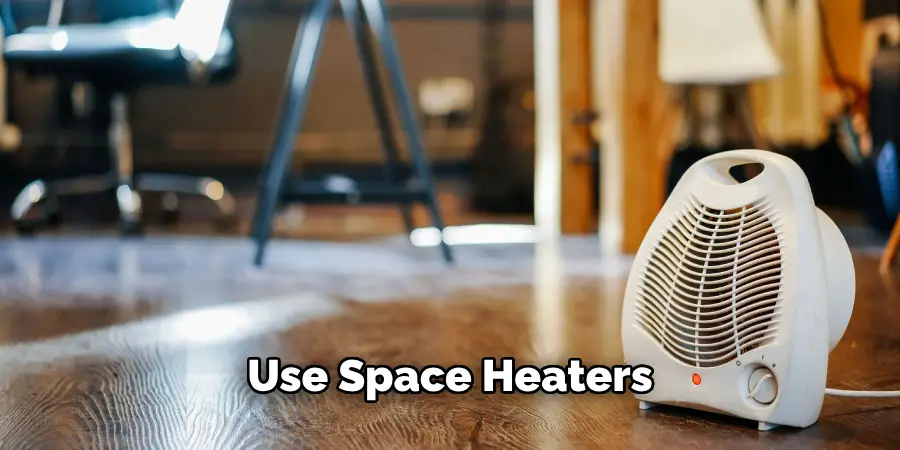
However, it is essential to note that space heaters can be a fire hazard if not used correctly. Therefore, always read the manufacturer’s instructions and follow safety precautions when using them.
Step 2: Enhance Insulation
Improving your home’s insulation is a crucial step in retaining heat and making the most of any heating methods you employ. Proper insulation helps to minimize heat loss through walls, ceilings, and floors, maintaining a warmer environment without exerting excessive energy. Start by checking for gaps and cracks around windows and doors. Weather stripping can effectively seal these areas, preventing cold drafts from entering.
Additionally, consider applying window sealants to block any leaks further. If your budget allows, upgrading attic insulation or adding insulation to walls can significantly improve overall energy efficiency. The investment in better insulation not only enhances comfort but also reduces heating costs in the long run.
Step 3: Utilize Natural Methods
Nature can also provide natural sources of heat to help warm your home. For instance, opening curtains or blinds during the day allows sunlight to enter and heat up your space. At night, close them to retain the warmth.
Moreover, you can also harness the power of fire by building a fire in a fireplace or using a wood-burning stove. These traditional methods are not only cost-effective but also add coziness and ambiance to your living space. However, always ensure proper ventilation and safety precautions when using fire as a heating source.
Step 4: Make Use of Thermal Curtains or Blankets
Another simple way to retain heat is by using thermal curtains or blankets. These specialized window coverings are designed to prevent drafts and keep cold air out while trapping warm air inside. They are relatively affordable and easy to install, making them an ideal option for temporary use during colder months.
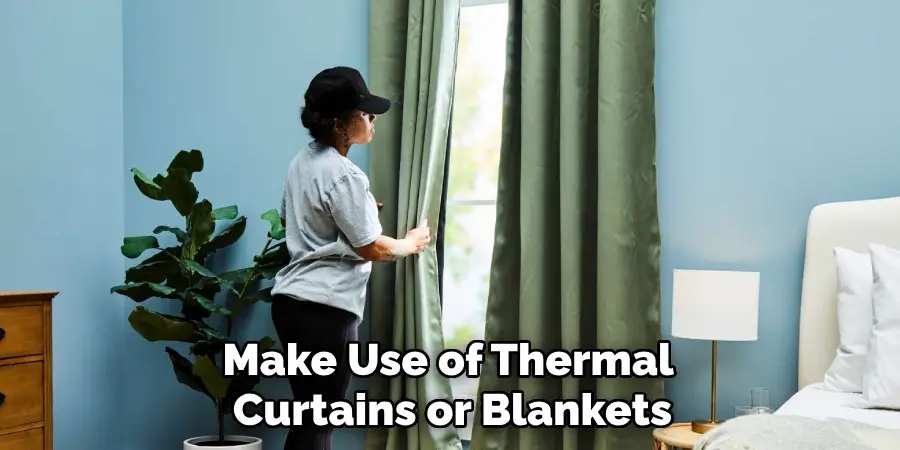
Similarly, thermal blankets can provide extra warmth when used on beds or wrapped around you while lounging in your living space.
Step 5: Seal Off Unused Rooms
To maximize heating efficiency in your home, consider sealing off any unused rooms. By closing doors and covering vents in spaces that aren’t being utilized, you can prevent warm air from flowing into these areas and ensure that heat is concentrated in the rooms where you spend the most time. You can use draft stoppers at the bottom of doors to further minimize heat loss.
Additionally, ensuring that windows are shut securely and sealing any gaps can help maintain warmth. This strategy not only makes your living space cozier but can also lead to reduced energy costs by allowing your heating methods to work more effectively in occupied areas.
Step 6: Utilize Renewable Energy Sources
If you are looking for a more sustainable and eco-friendly heating solution, consider utilizing renewable energy sources. For instance, solar panels can be used to generate electricity to power electric space heaters. Likewise, geothermal heat pumps can use the earth’s natural heat to warm your home.
While these options may require a bigger investment upfront, they can potentially lead to significant savings on energy bills in the long run.
Step 7: Try Radiant Floor Heating
Radiant floor heating is another alternative method that uses heated water or electric coils installed under flooring to provide warmth. This method heats objects directly rather than just the air, resulting in more efficient and consistent heating. It is most suitable for homes with hard flooring surfaces such as tile, concrete, or hardwood.
However, the installation of radiant floor heating can be costly and may not be feasible for every household.
Step 8: Consider Ductless Mini-Split Systems
Ductless mini-split systems use individual units to provide heating and cooling to specific areas of your home. They do not require ductwork, making them an ideal option for older homes or rental properties without central heat. These systems are energy-efficient, easy to install, and operate quietly.
Following these simple methods can help you heat your house effectively without central heating. Remember to always prioritize safety and consider the long-term costs and benefits when choosing alternative heating solutions for your living space. Stay warm!
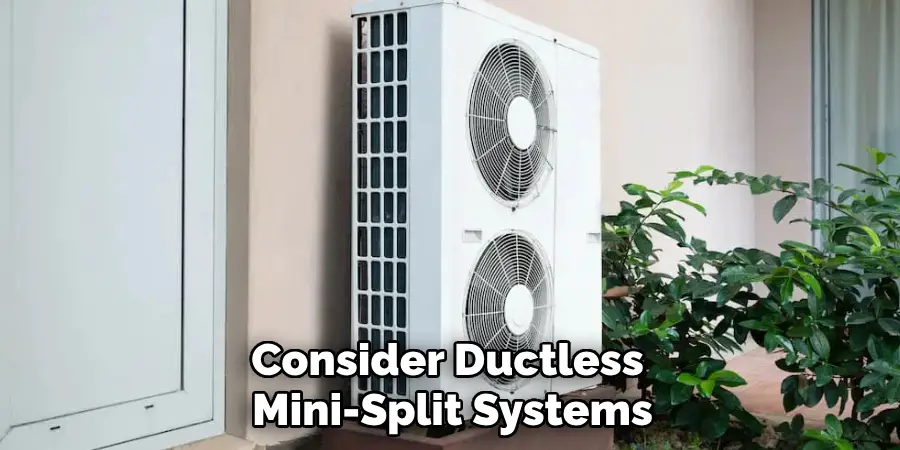
Tips To Heat Your House Without Central Heating
- Use space heaters in occupied rooms.
- Enhance insulation to retain heat and minimize energy costs.
- Utilize natural methods like sunlight and fireplaces.
- Consider investing in thermal curtains or blankets.
- Seal off unused rooms to concentrate heat in occupied areas.
- Utilize renewable energy sources like solar panels and geothermal heat pumps.
- Try radiant floor heating for efficient and consistent warmth.
- Consider ductless mini-split systems for targeted heating in older homes or rental properties.
- Prioritize safety and long-term costs and benefits when choosing alternative heating methods. The key to effectively heating your house without central heating is to take advantage of available sources of heat and ensure that it is retained within your living space. By following these simple steps on how to heat house without central heat, you can stay warm and save on energy costs during the colder months. Remember to always practice caution and prioritize safety when using any heating method. Stay cozy!
Frequently Asked Questions
Q1: Is It Safe to Use Space Heaters as an Alternative Heating Method?
A1: Space heaters can be a safe and effective option for heating specific areas, but it is essential to follow safety precautions and use them correctly. It is recommended to keep space heaters at least 3 feet away from flammable objects, never leave them unattended, and turn them off when not in use.
Q2: Can I Use Renewable Energy Sources to Heat My Home?
A2: Yes, there are various renewable energy options available for heating homes, including solar panels and geothermal heat pumps. These methods may require a larger initial investment but can significantly reduce the cost of heating over time while also being environmentally friendly.
Q3: How Can I Keep My House Warm While Saving on Energy Costs?
A3: Some ways to keep your house warm while minimizing energy costs include ensuring proper insulation, utilizing natural heat sources like sunlight and fireplaces, sealing off unused rooms, and using energy-efficient heating methods like radiant floor heating or ductless mini-split systems. It is also helpful to regularly check for drafts and seal any gaps to prevent heat from escaping.
Conclusion
Heating your home without central heat may seem like a daunting task, but with the right methods and materials, it is achievable. By using space heaters, enhancing insulation, utilizing natural methods, or exploring renewable energy options, you can keep your living space warm and comfortable while also saving on energy costs. With these strategies on how to heat house without central heat in mind, you can find the best solution that fits your needs and budget. So stay warm this winter without relying on central heating!

